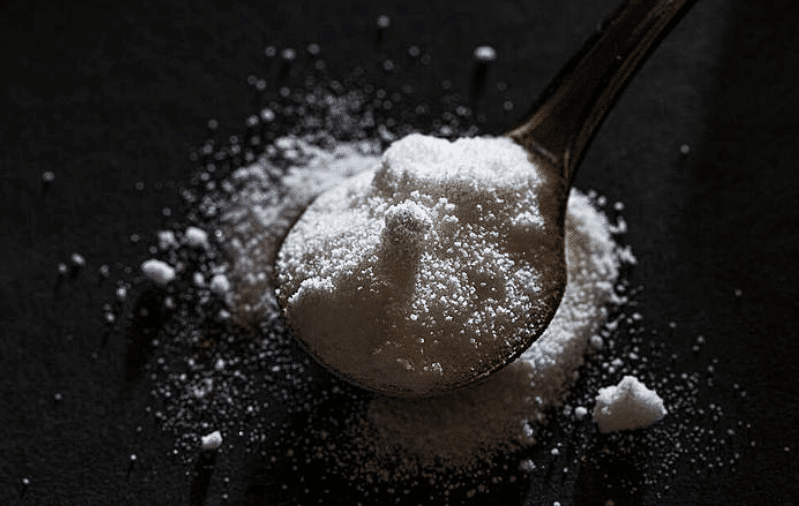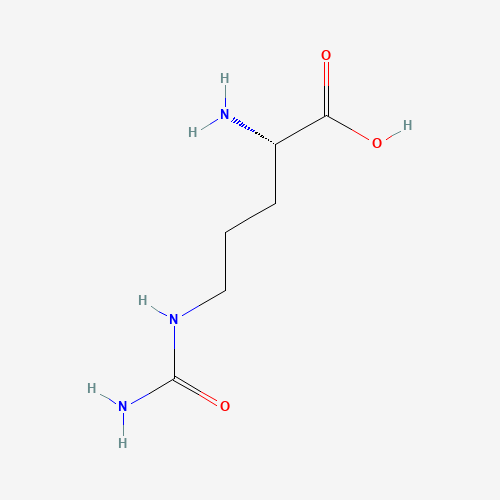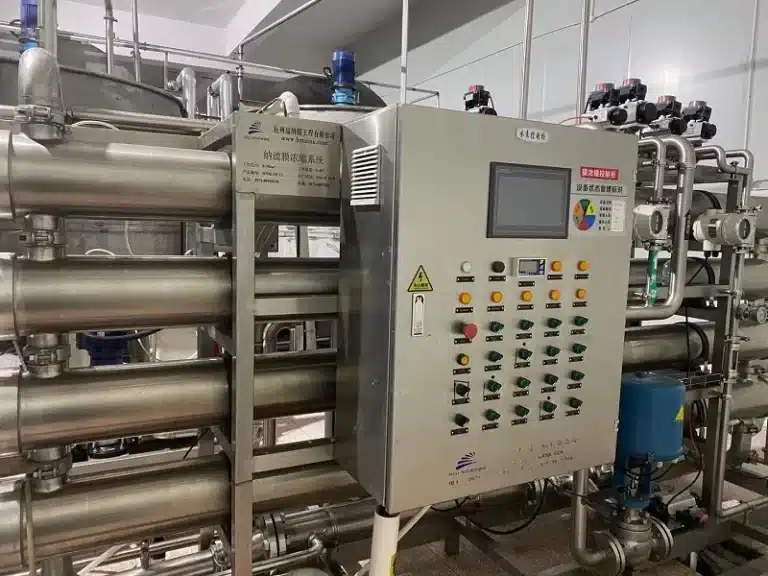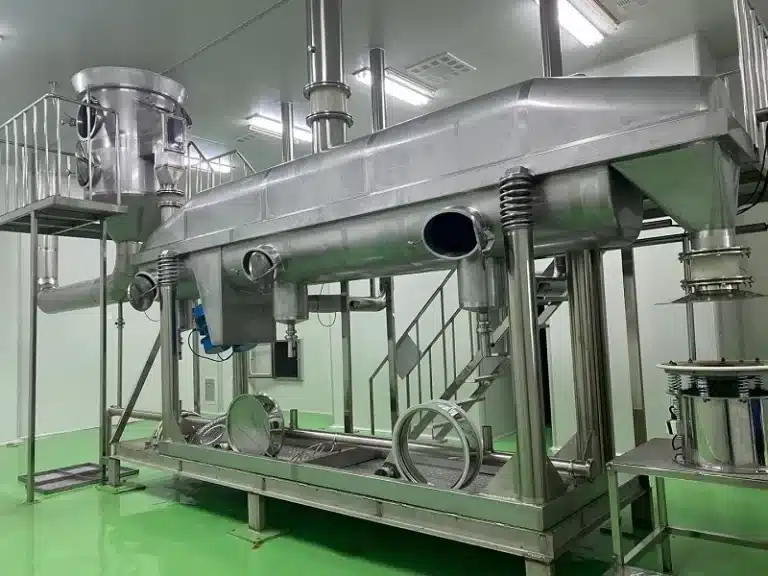
L Citrulline manufacturer
Gensei is a leading L Citrulline manufacturer dedicated to producing high-quality amino acids for the sports nutrition and dietary supplement industries. As a reliable L-Citrulline supplier, we offer L Citrulline bulk and l citrulline powder in various quantities to meet your needs. Our manufacturing processes ensure a pure and potent l citrulline powder bulk product. Partner with Gensei, your trusted L Citrulline manufacturer, for a consistent supply of premium L-Citrulline. We are committed to delivering exceptional quality and service.
Please note: We are a wholesale supplier and have minimum order quantities.
Have questions about this product? Our team is here to help. For inquiries about multiple ingredients, please use the Contact Us option and include the list of ingredients in your message.
L Citrulline CAS No.: 2135-07-1
Chemical Name: (S)-2-Amino-5-(carbamoylamino)pentanoic acid
Synonyms:
- L-Citrulline
- Citrulline
- (S)-Citrulline
- (S)-2-Amino-5-ureidovaleric acid
CB Number: CB9162099
Molecular Formula: C₆H₁₃N₃O₃
Molecular Weight: 175.19 g/mol

L-Citrulline Manufacturing Process Flowchart
L-Citrulline is typically produced through fermentation or enzymatic conversion. This flowchart outlines a general process.
(e.g., Glucose, Corn Steep Liquor for Fermentation
or Chemical Precursors)
(Microbial Fermentation or Enzymatic Reaction
to Produce L-Citrulline)
(Removal of Biomass, Impurities,
and Byproducts through Filtration,
Centrifugation, Chromatography etc.)
(Evaporation to Increase L-Citrulline Concentration)
(Formation of L-Citrulline Crystals through Controlled
Cooling and/or Solvent Addition)
(Isolation of L-Citrulline Crystals by Filtration or Centrifugation)
(To Remove Residual Impurities from the Crystals)
(Removal of Residual Moisture using Techniques
like Air Drying, Vacuum Drying, or Spray Drying)
(To Achieve Desired Particle Size and Uniformity)
(Testing for Purity, Assay, Heavy Metals,
Microbiological Contamination etc.)
(Into Bags, Drums, or Other Suitable Containers)
This flowchart provides a general overview of the L-Citrulline manufacturing process. Specific steps and methods may vary depending on the manufacturer and the chosen production route.
Our State-of-the-Art Manufacturing Facilities
Explore our modern facilities equipped with advanced technology to ensure the highest quality in the production of your vitamins, herbal extracts, minerals, and amino acids.











FAQs
L-Citrulline is a non-essential amino acid, meaning the body can produce it on its own. It plays a key role in the urea cycle, helping the body remove waste products.
L-Citrulline is popular for its ability to improve blood flow, which can enhance exercise performance, reduce muscle soreness, and potentially support cardiovascular health.
Once ingested, L-Citrulline is converted into L-Arginine in the kidneys. L-Arginine is then used to produce nitric oxide, which helps relax and widen blood vessels, improving circulation.
It is widely used as a dietary supplement, particularly by athletes and fitness enthusiasts to enhance performance and recovery. It is also being researched for its potential benefits in managing conditions like erectile dysfunction and high blood pressure.
Typical dosages range from 3 to 6 grams per day for general health and exercise performance, but higher doses may be used in some cases. It's often taken before workouts.
L-Citrulline is generally considered safe for most people when taken at recommended dosages. Mild side effects like stomach upset are possible in some individuals, especially at higher doses.
Citrulline Malate is a compound where L-Citrulline is bound to malic acid. Malic acid may offer additional benefits for energy production and reducing muscle fatigue. Citrulline Malate is also a popular form of the supplement.
Yes, women can take L-Citrulline. The benefits related to blood flow and exercise performance are applicable to both men and women.
Yes, L-Citrulline is naturally found in some foods, with watermelon being a particularly good source.
While L-Citrulline doesn't directly stimulate the nervous system like caffeine, its ability to improve blood flow and nutrient delivery to muscles can indirectly contribute to increased energy and reduced fatigue during exercise.
L-Citrulline primarily works by being converted to L-Arginine in the kidneys. L-Arginine is then used to produce nitric oxide, which helps relax and widen blood vessels, improving blood flow. L-Citrulline also plays a role in the urea cycle, aiding in the removal of ammonia from the body.
The amount of L-Citrulline in watermelon varies depending on the variety and ripeness. Generally, watermelon contains about 0.07-0.36% L-Citrulline by weight, with higher concentrations found in the rind and flesh closer to the rind. This translates to roughly 0.7 to 3.6 grams of L-Citrulline per kilogram of watermelon.
Research suggests that L-Citrulline may be beneficial for erectile dysfunction (ED) at dosages ranging from 3 to 6 grams per day, often divided into multiple doses. However, it's crucial to consult with a doctor for personalized advice and to rule out underlying medical conditions.
Yes, you can take L-Arginine and L-Citrulline together. They work synergistically to increase nitric oxide levels in the body. L-Citrulline is converted to L-Arginine, which then produces nitric oxide. Taking them together can potentially lead to a more sustained increase in nitric oxide.
Current research does not strongly support a direct and significant increase in testosterone levels in healthy individuals taking L-Citrulline. Some limited studies have shown minor effects, but more robust research is needed.
Lorem ipsum dolor sit amet, consectetur adipiscing elit. Ut elit tellus, luctus neL-Citrulline is generally considered safe for healthy individuals when taken at recommended dosages. However, people with pre-existing kidney conditions should consult their doctor before taking L-Citrulline supplements, as its metabolism involves the kidneys.c ullamcorper mattis, pulvinar dapibus leo.
Lorem ipsum dolor sit amet, consectetur adipiscing elit. Ut elit tellus, luctus nec ullamcorper mattis, pulvinar dapYou should consult with your doctor before taking L-Citrulline with Cialis (tadalafil) or any other PDE5 inhibitor used for ED. Both substances can lower blood pressure, and combining them may lead to an excessive drop in blood pressure, which could be dangerous.ibus leo.
Yes, L-Citrulline can help with erectile dysfunction (ED) in some individuals. By increasing nitric oxide production, it can improve blood flow to the penis, which is essential for achieving and maintaining an erection. It may be particularly helpful for mild to moderate ED.
There is no direct evidence suggesting that L-Citrulline causes herpes outbreaks. In fact, some research indicates that L-Arginine (which L-Citrulline converts to) might potentially trigger outbreaks in some individuals, while L-Lysine is often recommended to prevent them. However, L-Citrulline's conversion to L-Arginine is regulated, and it might not have the same effect as supplementing with high doses of L-Arginine directly. Individual responses can vary, so monitoring is advised if you are prone to herpes outbreaks.
L-Citrulline has a relatively short half-life in the body, typically around 1 to 2 hours. This means that the concentration of L-Citrulline in your blood will decrease by half within this time frame. The noticeable effects, such as improved blood flow, may last for a few hours after ingestion.
L-Citrulline is generally well-tolerated, and most studies have not reported significant side effects at typical dosages (3-6 grams per day). However, very high doses (e.g., exceeding 10-15 grams at once) may cause mild gastrointestinal issues like nausea, diarrhea, or stomach upset in some individuals. It's best to stick to recommended dosages.
Similar to herpes outbreaks, there is no direct evidence linking L-Citrulline to causing cold sores (which are caused by the herpes simplex virus type 1). The relationship between L-Arginine and cold sore outbreaks is sometimes discussed, but L-Citrulline's effect may differ.
No, L-Citrulline is an amino acid. Nitrates are chemical compounds that contain nitrogen and oxygen (specifically the NO₃⁻ ion). While L-Citrulline can lead to the production of nitric oxide (NO), it is not a nitrate itself.
The most significant natural food source of L-Citrulline is watermelon, particularly the rind. Smaller amounts can also be found in other fruits and vegetables like pumpkins, cucumbers, and some gourds.
Yes, you can take L-Citrulline at night. Some studies suggest that it may help with muscle recovery and blood flow even during rest.
Yes, you can take L-Citrulline and L-Arginine together. They work synergistically to increase nitric oxide levels. L-Citrulline is converted to L-Arginine, which then produces nitric oxide. Taking them together can potentially lead to a more sustained increase in nitric oxide.

